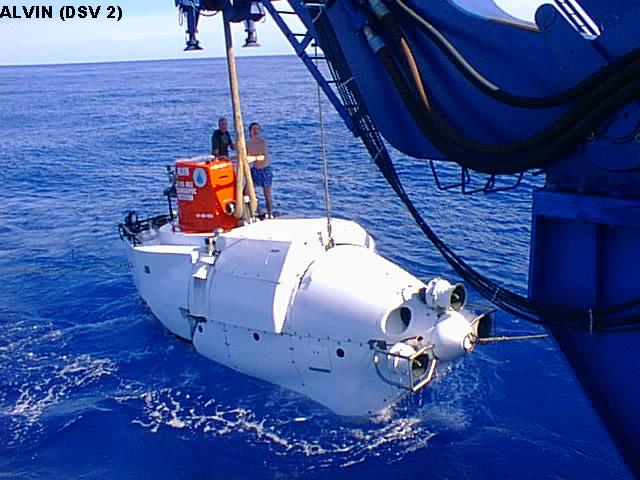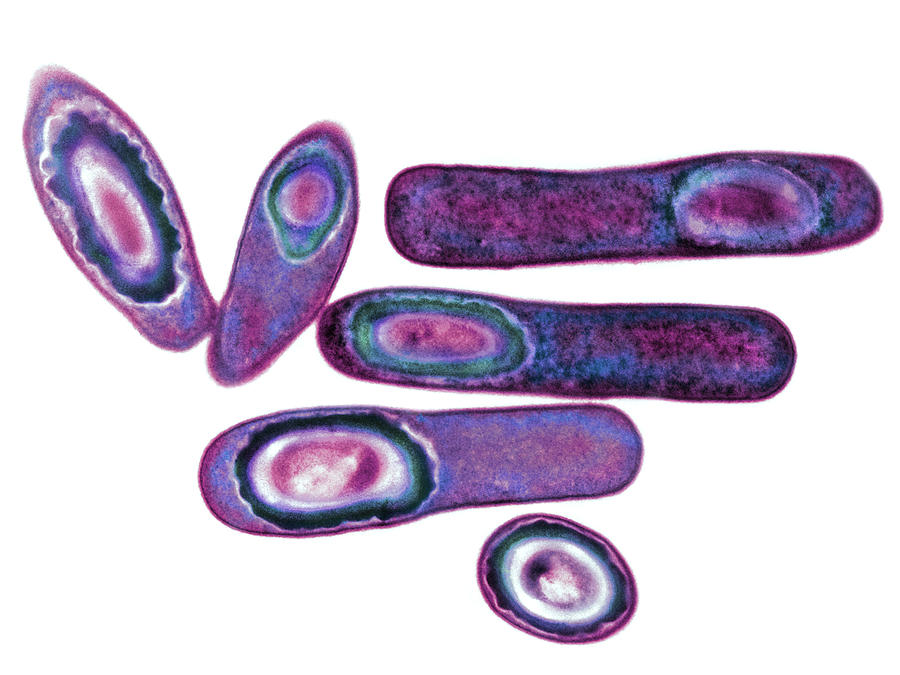One of the technologies that can be credited with a recent surge in understanding of bacterial cell types can be credited with the deep sea submersible ALVIN. When it explored the hydrothermal vents along the mid-Atlantic ridge, it not only sampled larger organisms that were found but also bacterial mats that were on the surfaces on the surrounding rocks.


It was found that these bacteria were vastly different from those that were currently identified. This led to scientists sampling bacteria in other extreme environments such as hot springs, acid pools and saline lakes. Again, these bacteria are very different.
Other technologies that were utilised were DNA sequencing and the use of a technology called the Polymerase Chain Reaction. Using this scientists have found varieties of bacteria that they haven't been able to grow in culture. Amazingly a teaspoon of soil contains up to 10000 individual species of bacteria!
When the DNA sequences of the bacteria from extreme and often anaerobic conditions were compared to others that more was known about, it was found that they were vastly different.
Given the incredible numbers and diversity of bacteria and the differences between them, this has led to a revision of the 5 kingdom system of classification. More on this later.
Another piece of technology that should not be overlooked is the electron microscope. It showed the internal workings of the cells, the structure of bacterial cell walls, and in some cases showed that bacterial cells formed tough resilient spores that could withstand tough environments.

No comments:
Post a Comment